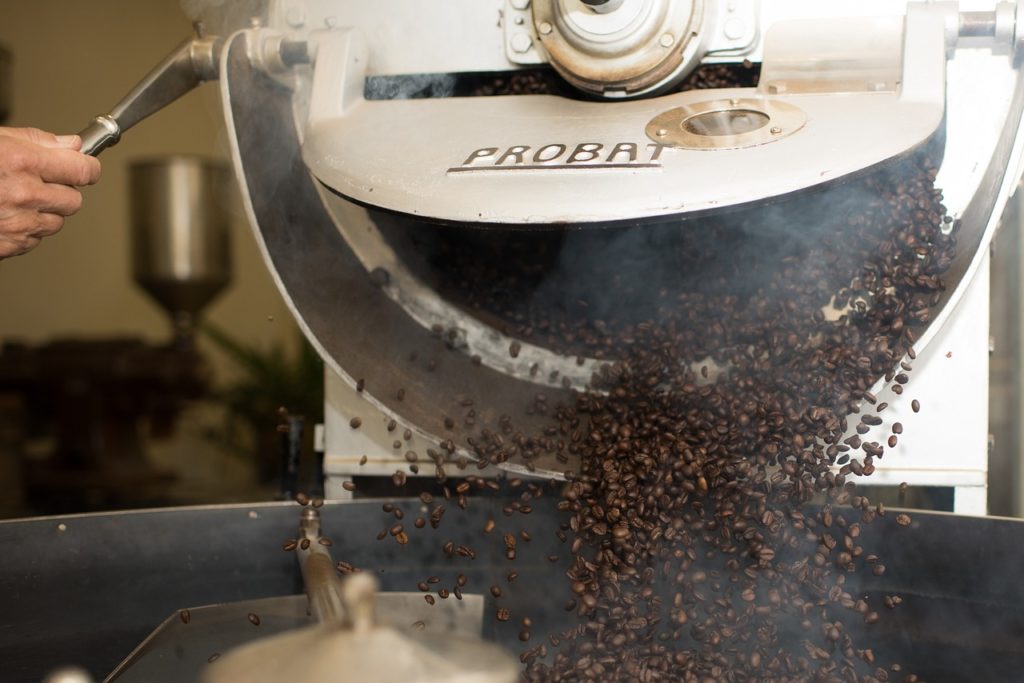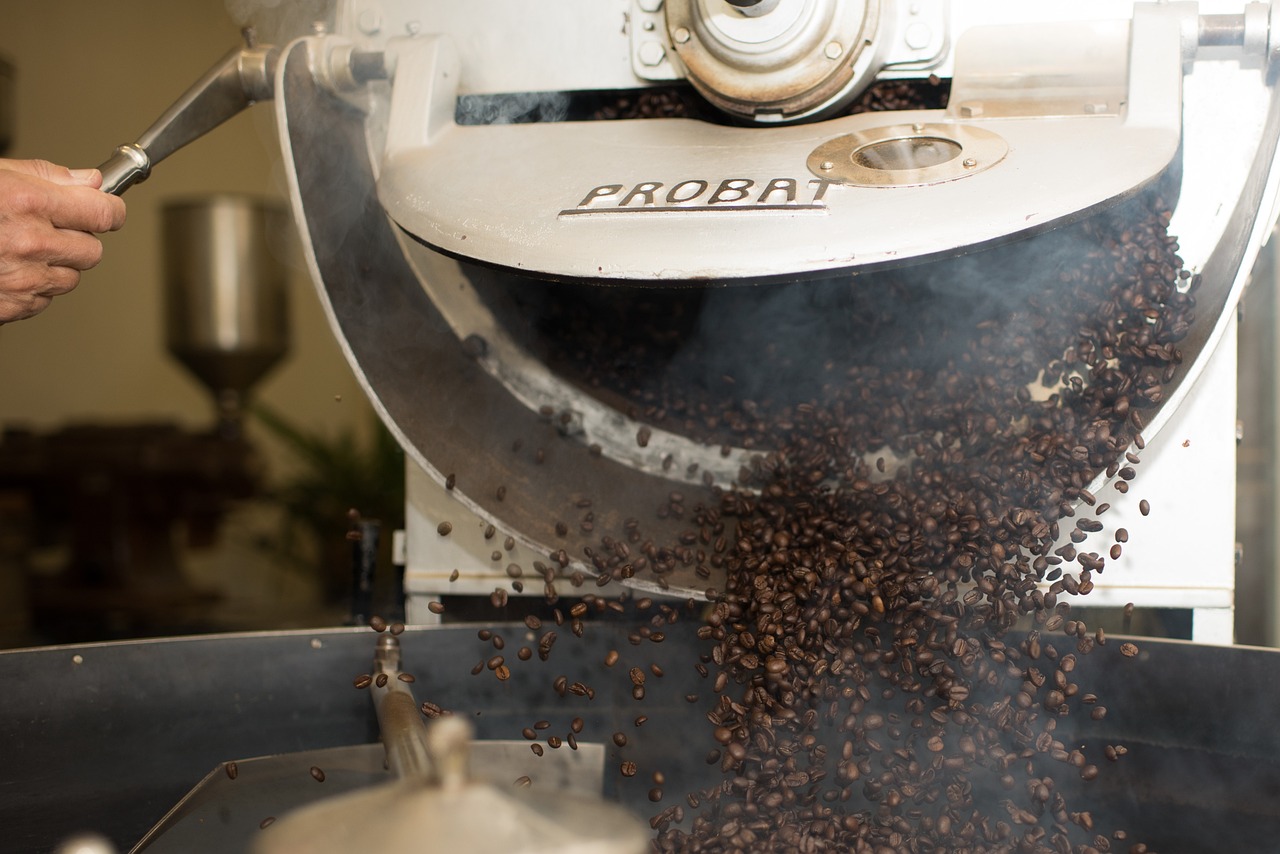
Coffee roasting is an art and a science, transforming green coffee beans into the aromatic, flavourful coffee that we love. While the process may seem straightforward, it involves a series of precise steps that can significantly impact the final product. This blog explores common mistakes in coffee roasting and offers practical tips on how to avoid them to achieve the perfect roast.
1. Choosing the Wrong Beans
Mistake: Starting with low-quality or unsuitable green beans. Solution: Always source high-quality, fresh green beans from reputable suppliers. The quality of the green beans is crucial as it directly influences the final flavour. Experiment with different origins and varieties to find the beans that best suit your taste preferences and roasting style.
2. Inconsistent Bean Size and Density
Mistake: Roasting beans of varying sizes and densities together. Solution: Ensure uniformity in the size and density of the beans you roast. Variations can lead to uneven roasting, with some beans underdeveloped and others over-roasted. Sort your beans before roasting or purchase pre-sorted beans to maintain consistency.
3. Inadequate Preheating
Mistake: Not preheating the roaster properly. Solution: Preheat your roaster to the desired temperature before adding the beans. Proper preheating ensures a stable roasting environment and helps achieve a consistent roast. This step is particularly important for drum roasters, which rely on a steady temperature to roast beans evenly.
4. Incorrect Temperature Control
Mistake: Using inappropriate temperature settings. Solution: Monitor and adjust the temperature carefully throughout the roasting process. Starting with too high a temperature can scorch the beans, while too low a temperature can lead to underdevelopment. Follow a temperature profile suited to the type of beans and the desired roast level, and make adjustments as needed.
5. Ignoring First and Second Crack
Mistake: Not paying attention to the first and second crack. Solution: Listen carefully for the first and second crack during roasting. The first crack signifies the beginning of the development phase, where the beans start to caramelise and develop flavour. The second crack indicates a darker roast level. Timing your roast based on these cracks helps achieve the desired flavour profile and prevents over or under-roasting.
6. Poor Airflow Management
Mistake: Not controlling airflow properly. Solution: Adjust the airflow to manage heat distribution and remove chaff effectively. Insufficient airflow can lead to uneven roasting and a smoky flavour, while too much airflow can cool the beans too quickly. Find a balance that ensures even heat distribution and efficient chaff removal.
7. Inadequate Cooling
Mistake: Failing to cool the beans quickly after roasting. Solution: Cool the beans rapidly to halt the roasting process and preserve the desired roast level. Use a cooling tray or a fan to bring the beans to room temperature quickly. Slow cooling can lead to over-roasting and a bitter taste.
8. Not Recording Data
Mistake: Failing to track and record roasting parameters. Solution: Keep detailed records of each roast, including bean type, weight, temperature profiles, and roasting times. This data helps identify patterns and make adjustments in future roasts. Consistent record-keeping is essential for improving your roasting technique and achieving repeatable results.
9. Neglecting Equipment Maintenance
Mistake: Not maintaining the roasting equipment. Solution: Regularly clean and maintain your roasting equipment to ensure optimal performance. Accumulated oils and residues can affect the flavour of the beans and the efficiency of the roaster. Follow the manufacturer’s maintenance guidelines and perform routine checks to keep your equipment in top condition.
10. Over-Roasting or Under-Roasting
Mistake: Not achieving the desired roast level. Solution: Experiment with different roast levels to understand how each one affects the flavour profile. Avoid pushing the roast too far, which can lead to burnt, bitter beans, or stopping too early, resulting in sour, underdeveloped flavours. Taste your roasts and make incremental adjustments to find the perfect balance.
11. Not Ventilating Properly
Mistake: Roasting in an area with poor ventilation. Solution: Ensure adequate ventilation in your roasting area to avoid smoke build-up and maintain a safe environment. Proper ventilation helps in dispersing smoke and chaff, ensuring a cleaner roast and a more pleasant roasting experience.
12. Rushing the Process
Mistake: Trying to speed up the roasting process. Solution: Be patient and allow each stage of the roast to develop properly. Rushing can lead to uneven roasting and undesirable flavours. Follow a well-defined roasting profile and give each phase the necessary time to achieve the best results.
Coffee roasting is a meticulous process that requires attention to detail and a willingness to learn from mistakes. By understanding and avoiding these common pitfalls, you can improve your roasting skills and produce high-quality coffee consistently. Remember, practice makes perfect, and each roast brings you closer to mastering the art of coffee roasting.


